Module 4 - Employee input on potential ergonomics-related hazards
This ergonomics-related hazard identification tool is provided to help you identify if your job or task has ergonomics-related hazards which may increase the risk of developing a musculoskeletal injury (MSI). This tool only identifies whether ergonomics-related hazards exist. It does not assess the level of risk, and this tool alone should not be used to determine if ergonomics-related hazard controls should be implemented.
Important - Read this before using this tool
- This tool alone is not enough to determine if ergonomics-related hazard controls should be implemented and should be used with other hazard identification methods such as analysis of injury, and incident and first aid reports.
- This tool is not intended to be used for:
- Return to work
- Job placement/worker selection
- Assessing the work relatedness of an injury or disorder
Instructions
- Document the job title or task, the date and your name (optional).
- Consider whether you think the objects are heavy, or the task is difficult/tiring.
- Consider whether you perform a task repeatedly or for a long period of time.
- Consider whether you adopt an awkward posture repeatedly or for a long period of time.
- Check the appropriate box(es) that apply to the job/task
- Only make a check mark when the specific hazard exists and when you believe that it is difficult, tiring, heavy, done repeatedly, or done for a long time.
- Writenotes for any identified hazard to clarify the task or activity where it occurs.
- Return the completed forms to your manager/supervisor or health and safety representative or health and safety committee member.
Note:
If the physical demands related to the activity vary from day to day, due to different products/services being produced or provided, complete the checklist considering a more demanding day and then reuse the tool for a typical day.
Some ergonomics-related hazards, (e.g. lighting, aspects of work organization) are not addressed in this tool. If these or other ergonomics-related hazards exist, make note of them and any other concerns.
Job/task information:
Job title or task:
Date completed:
Completed by (optional):
General comments:
| Musculoskeletal injury (MSI) hazards - Gripping | Check if required | |
|---|---|---|
Pinch gripping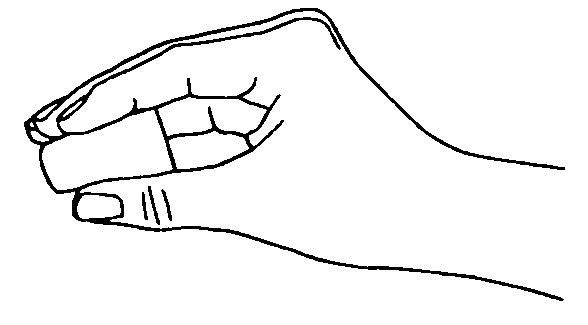
|
Work with unsupported objects(s). | |
| Find it difficult/tiring holding or manipulating object(s). | ||
| Find it difficult/tiring squeezing to open/close. | ||
Power gripping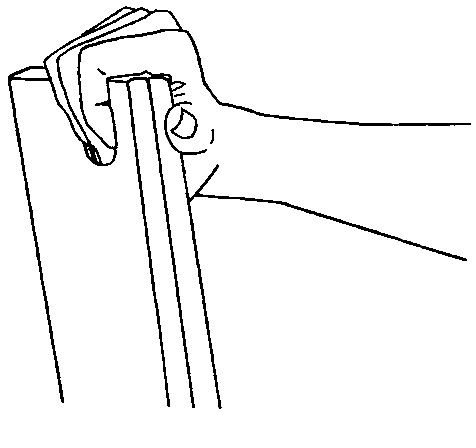
|
Work with unsupported heavy object(s). | |
| Find it difficult/tiring holding or manipulating object(s). | ||
| Find it difficult/tiring squeezing to open/close. | ||
| Notes: | ||
| MSI hazards - Force | Check if required | |
|---|---|---|
| Lifting/lowering (Consider both one and two handed lifting/lowering) |
Work with an object that is heavy/difficult to lift/lower. | |
| Work with an object that is lifted/lowered repeatedly. | ||
| Work with an object that is above the shoulders. | ||
| Work with an object that is below the knees. | ||
| Work with an object that is far away from the belly button. | ||
| Work with loads that are unstable, unbalanced, uncooperative, or unpredictable. | ||
| Work with lifting/lowering postures that are awkward (bend, twist, kneel, reach, sit). | ||
| Notes: | ||
| Pushing/pulling (Consider one and two handed pushing/pulling. Also, consider whole body and arms/upper body only pushing/pulling) |
Object feels hard/difficult to push/pull. | |
| Pushing/pulling is performed repeatedly. | ||
| Object is pushed with hands above the shoulders. | ||
| Object is pushed with hands below the waist. | ||
| Pushing/pulling postures are awkward (bend, twist, kneel, reach, sit). | ||
| Notes: | ||
| MSI hazards - Awkward/fixed posture | Check if required | |
|---|---|---|
| Awkward posture (Do you frequently assume these postures and/or hold them for a long time?) 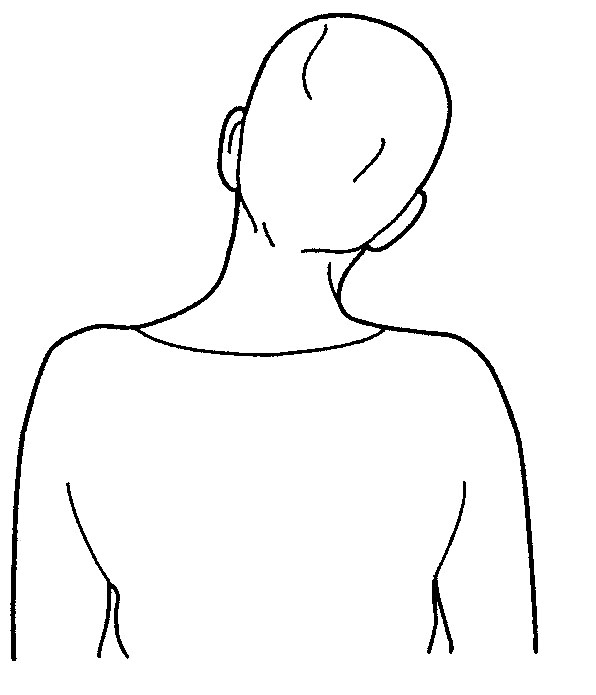
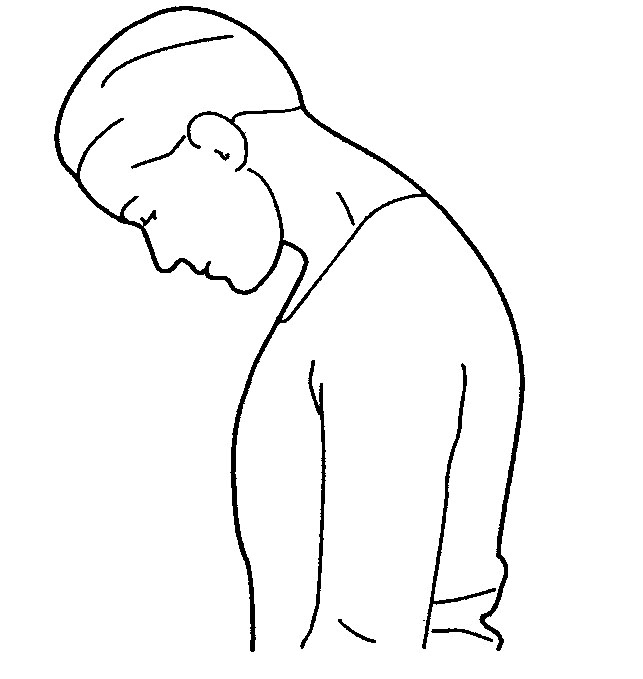
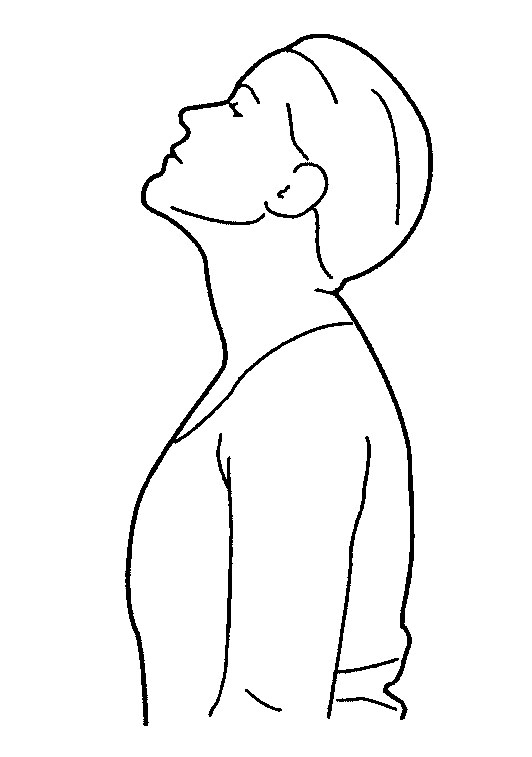

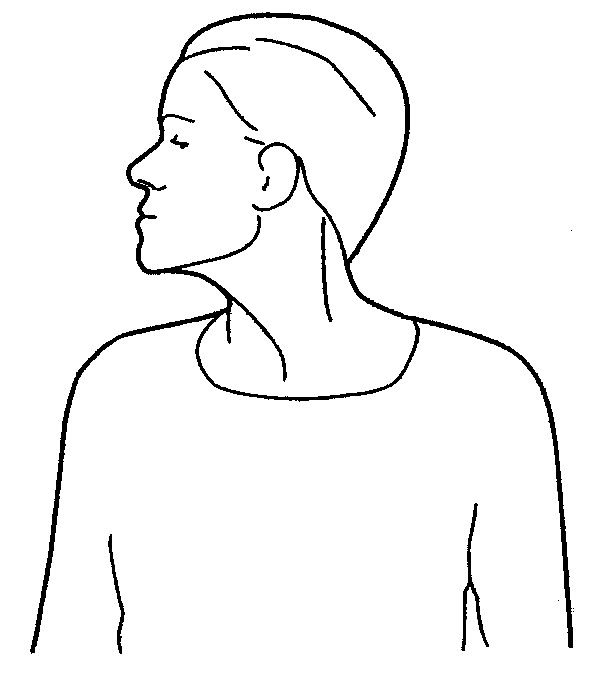
|
Work with neck bent forward (chin close to chest). | |
| Work with neck bent to one side (ear close to shoulder). | ||
| Work with neck twisted to either side/chin close to shoulder. | ||
| Work with neck bent back. | ||
| Work with neck bent forward and chin out (head forward). | ||
| Awkward posture (Do you frequently assume these postures and/or hold them for a long time?) 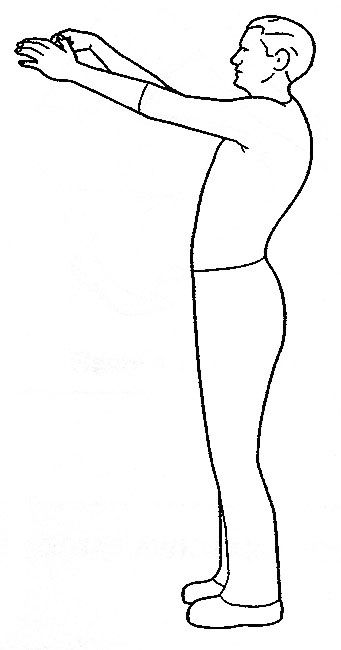
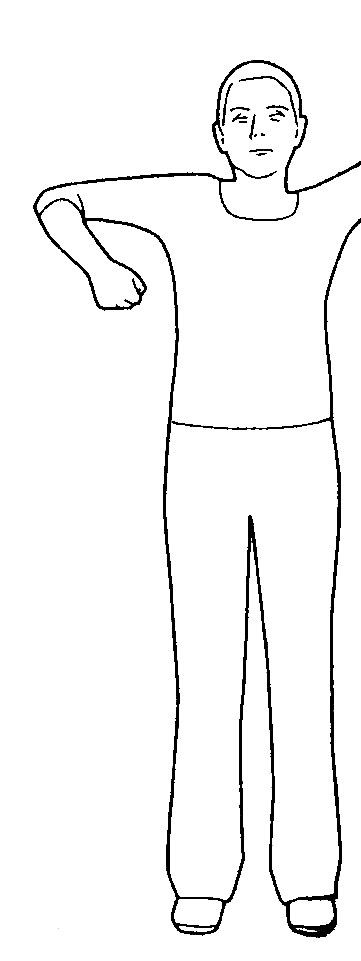
|
Work with hand(s) at/or above the head. | |
| Work with elbow(s) at/or above the shoulder. | ||
| Work with elbows/hands behind the body. | ||
| Awkward posture (Do you frequently assume these postures and/or hold them for a long time?) 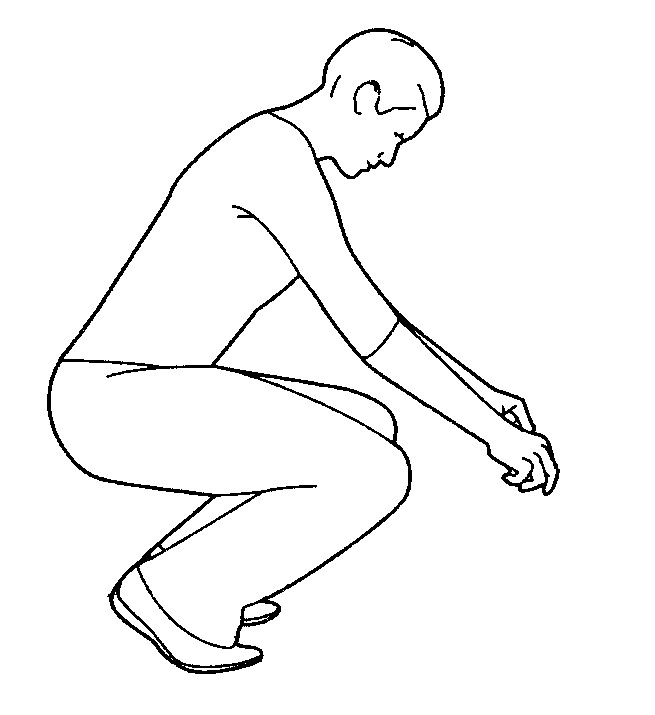

|
Work while sitting or standing with the back noticeably bent forward, sideways or twisted. | |
| Work with back noticeably bent backward with no support for the back. | ||
| Work while squatting/kneeling. | ||
| Awkward posture (Do you frequently assume these postures and/or hold them for a long time?) 
|
Work with wrist noticeably bent down or up. | |
| Work with wrist noticeably bent to the side (toward thumb/little finger). | ||
| Work with hand turned so palm faces fully up or down. | ||
| Fixed posture | Work while sitting for long periods without standing (office work, driving). | |
| Work while standing still on a hard surface for a long period of time. | ||
| MSI hazards - Repetition | Check if required | |
|---|---|---|
| Repetition (Do you repetitively move the same body part - with little opportunity for recovery?) |
Work while performing the same neck motions repeatedly. | |
| Work while performing the same shoulder motions repeatedly. | ||
| Work while performing the same elbow motions repeatedly. | ||
| Work while performing the same wrist motions repeatedly. | ||
| Work while performing the same hand/finger motions repeatedly. | ||
| Work while performing intensive keyboarding. | ||
| Work while performing intensive mousing. | ||
| MSI hazards - Other | Check if required | |
|---|---|---|
| Related impacts | Use my hand or knee as a hammer. | |
| Contact stress | Tool handle digs into my hand/palm. | |
| Workstation/equipment edges/products dig into my body (hand, forearms, trunk, thighs). | ||
| Hand-arm vibration | Work with vibrating tools (impact wrenches, carpet stripper, chainsaw, jackhammers, riveting hammers, grinders, sanders, jig saws, jack-leg drills). | |
| Whole-body vibration | Operate mobile equipment/vehicles on rough, uneven surfaces. | |
| Cold/hot temperatures |
Work in an environment that is cold, my hand/arms are exposed to cold air. | |
| Work in an environment that is hot/humid. | ||